
Jennifer Simonson
Jennifer is a writer, photographer and wine enthusiast who publishes a blog called Bookworm, in which she pairs wine with books. It combines two of her favorite pastimes and is intended to make both reading and sipping wine more enjoyable. She recently received her WSET Level 3 in Wines certification through France 44 Wine & Spirits Education. She lives in Linden Hills and enjoys running around the city lakes, gardening, cooking and making art.
Have you ever noticed how your most memorable conversations about wine and about literature can sound much the same? Think about some descriptors you might use to tell a friend about a recent wine discovery or an immersive new novel, and observe the overlap. Intriguing, complex, provocative, vibrant, gripping, lingering.
While reading tends to be a solitary activity, we come together in book clubs seeking an exchange of ideas. As humans we crave this connection – one that occurs so naturally when we share a bottle of wine, as well. At their best, both pastimes allow for engaging discussion, laughter, mild disagreement, and fresh insight.
So, why not combine the two? I pair wine with books (not unlike food pairing) in hopes of creating an experience that elevates my enjoyment of both. Fiction, nonfiction, poetry, even graphic novels and cookbooks are all candidates for a pairing. If you are hosting a book club and are wondering what to pour, you can try it, too. Here’s a guide to find that “perfect” wine partner for your book.
Truthfully, most books will pair wonderfully with several wines. We all have different preferences, and an outstanding pairing for one person might not work for another. You will have the most success if you let curiosity and creativity be your guides.
A straightforward starting point is to consider the literary genre, the author, or the author’s intent. For example, if the book is a mystery, I might look for a complex wine that would require all of my senses to discover its various aromas and flavors. Or, if the novel is an author’s debut, pair it with a wine from a new or up-and-coming winemaker. Is the story intended to uplift? Then, perhaps, bubbles are appropriate.
Another approach is to think about which elements in a book are essential to the story and/or resonate mostly strongly with you. Noteworthy considerations are the characters and their relationships, the point of view, and the setting. Ask yourself if you learned anything new or surprising, and think about your overall impression after finishing the book. There’s pairing potential in each of these details.
For example, in Hernan Diaz’s Pulitzer Prize-winning novel Trust, four characters tell the same story, each from his or her own perspective. I paired this book with Chardonnay, a grape variety that is as malleable as this story. Chardonnay can taste very different, depending upon the winemaker telling its “story.” This pairing’s success is less about a specific bottle of Chardonnay – any of your favorites will do – and more about how winemakers shape it to achieve specific results on the nose and palate.
And lastly, remember not every pairing needs to be congruent. It can be interesting to seek out contrast. For example, can a grief-filled novel be balanced with a bright and fruity wine? The decision is up to you. Sometimes I taste several wines before settling on the just the right one.
The search for new and interesting connections between fine wine and literature is a process of discovery. Happily, with so many wines to taste and books to read, the possibilities are truly endless. For more pairing ideas, visit my Bookworm Blog. Each monthly post includes a complete book review, a wine tasting note, and a detailed explanation about why the pairing works.
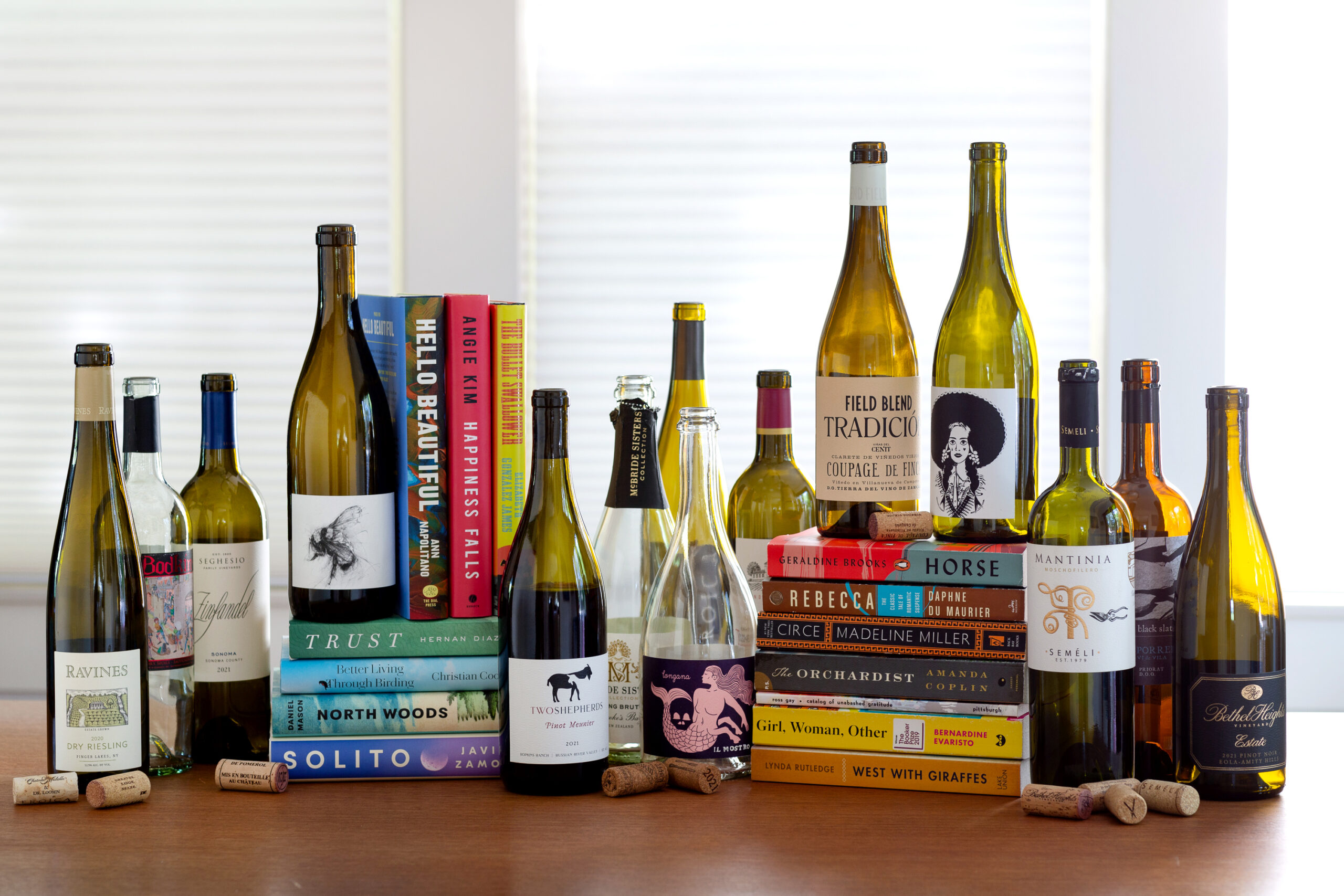
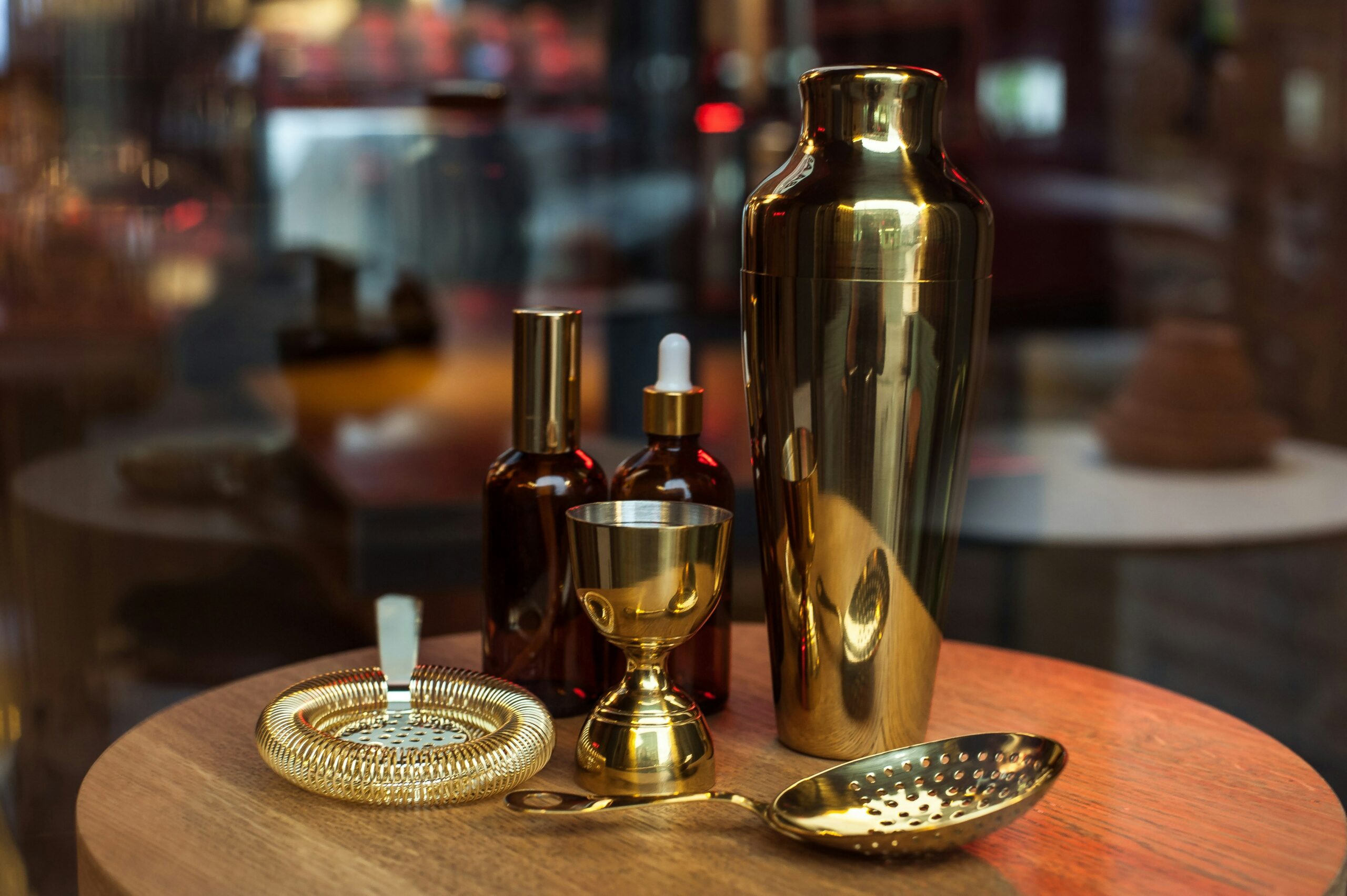

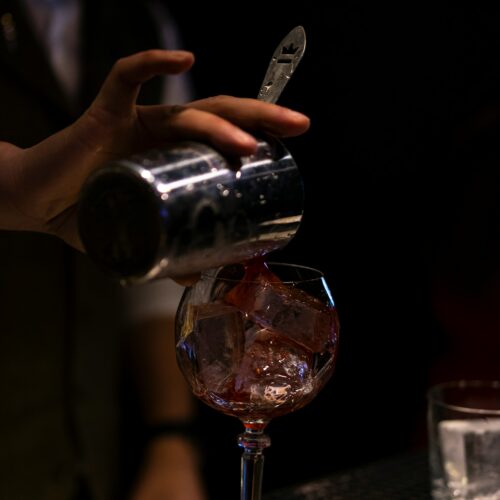
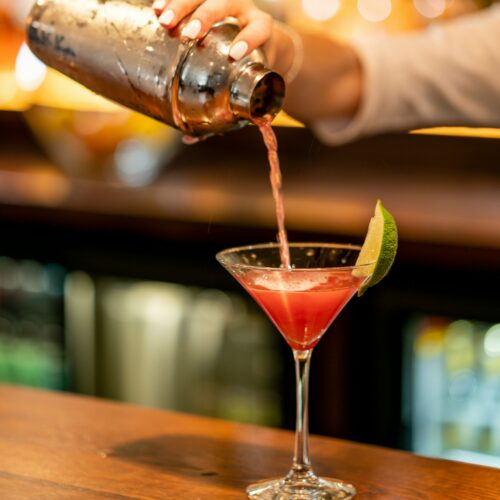
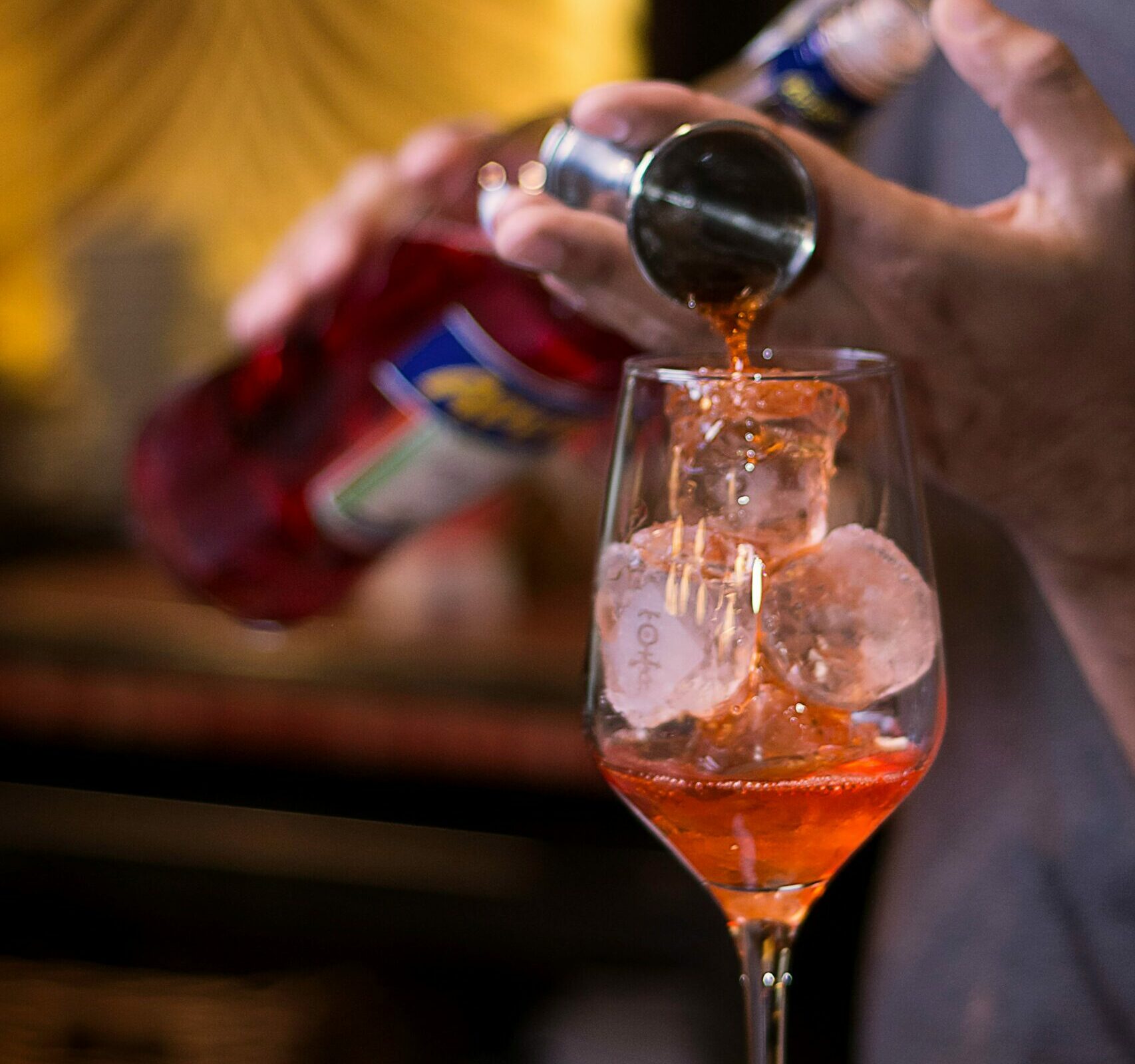


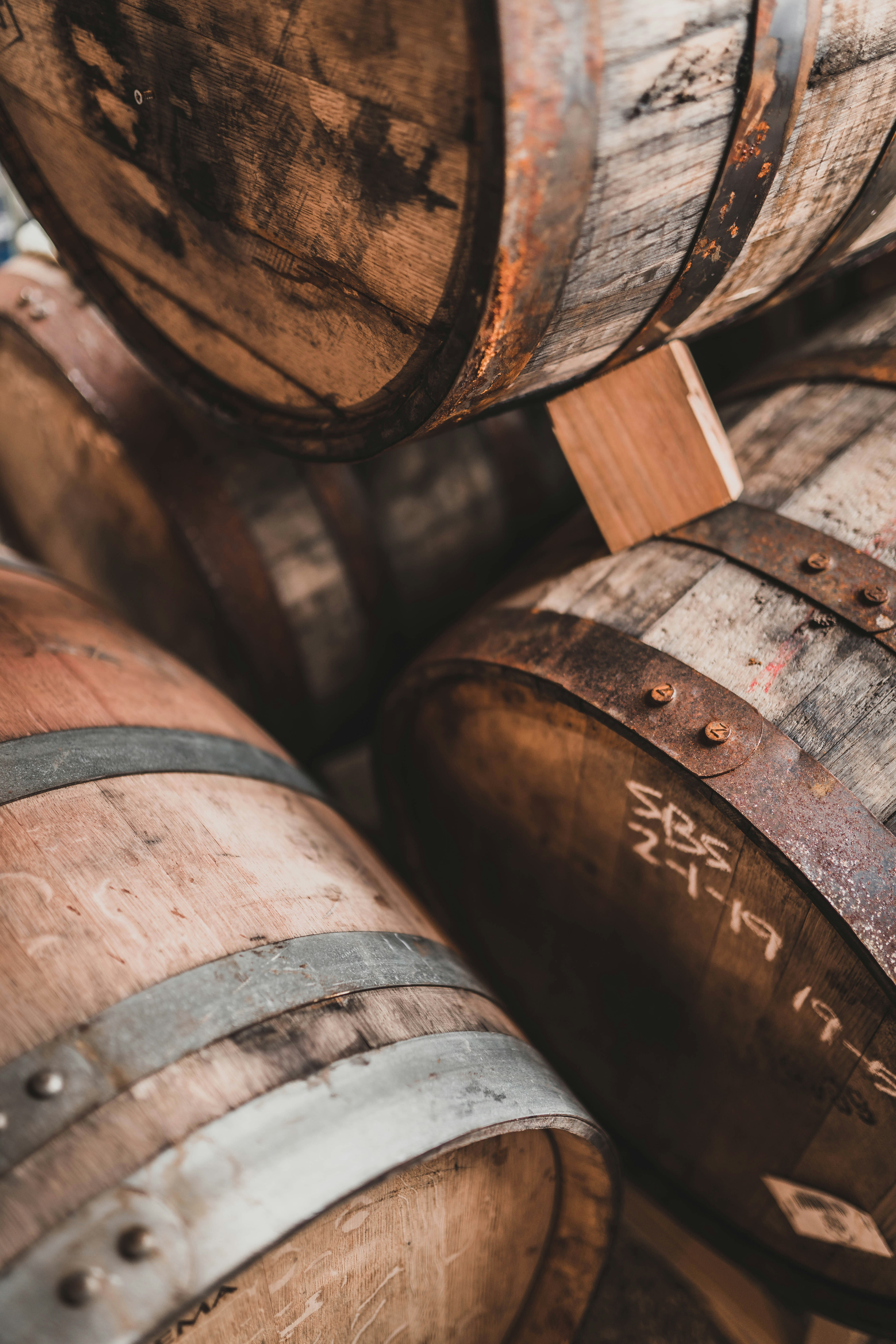

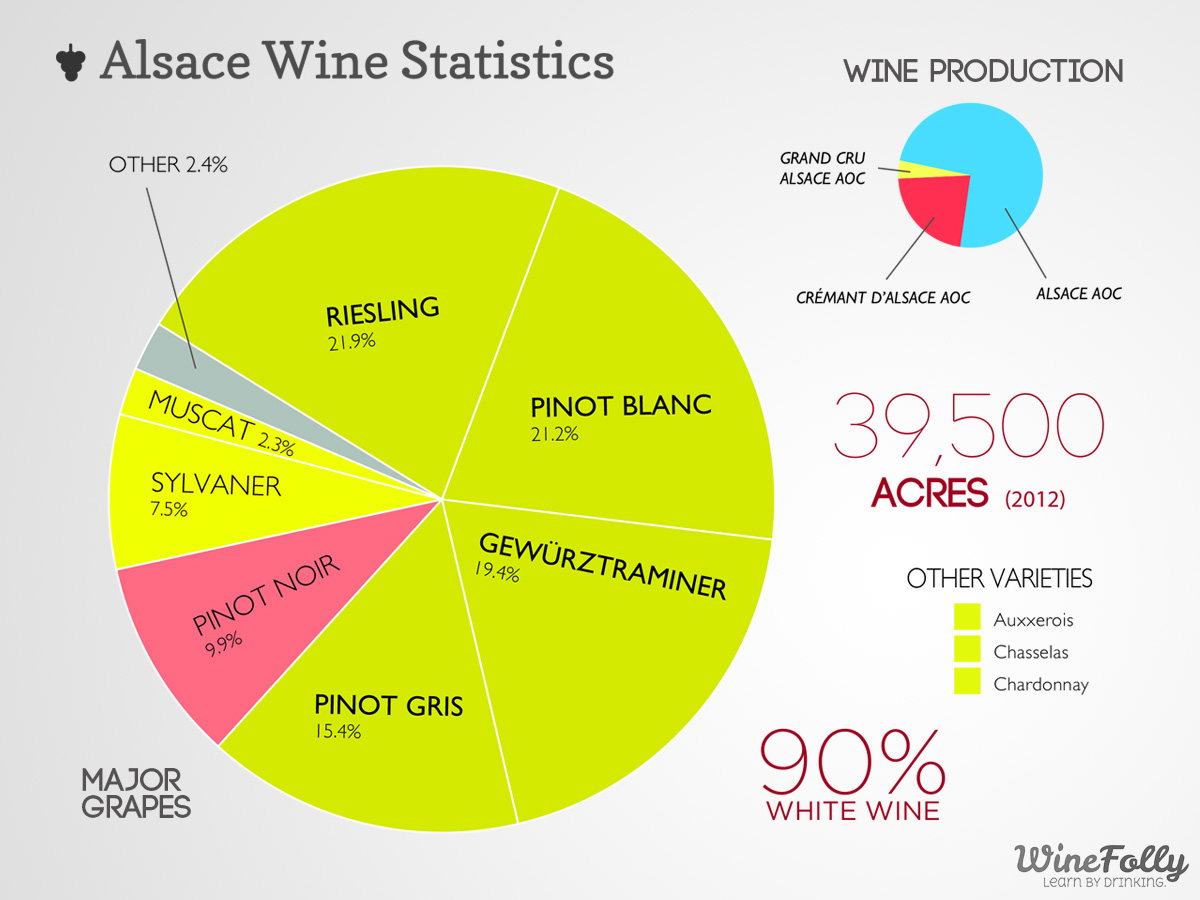


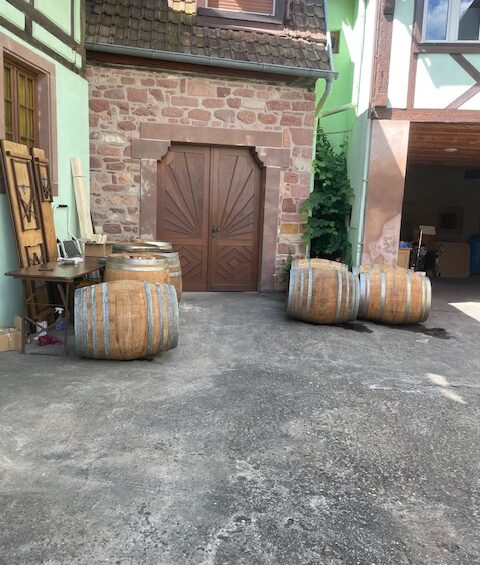



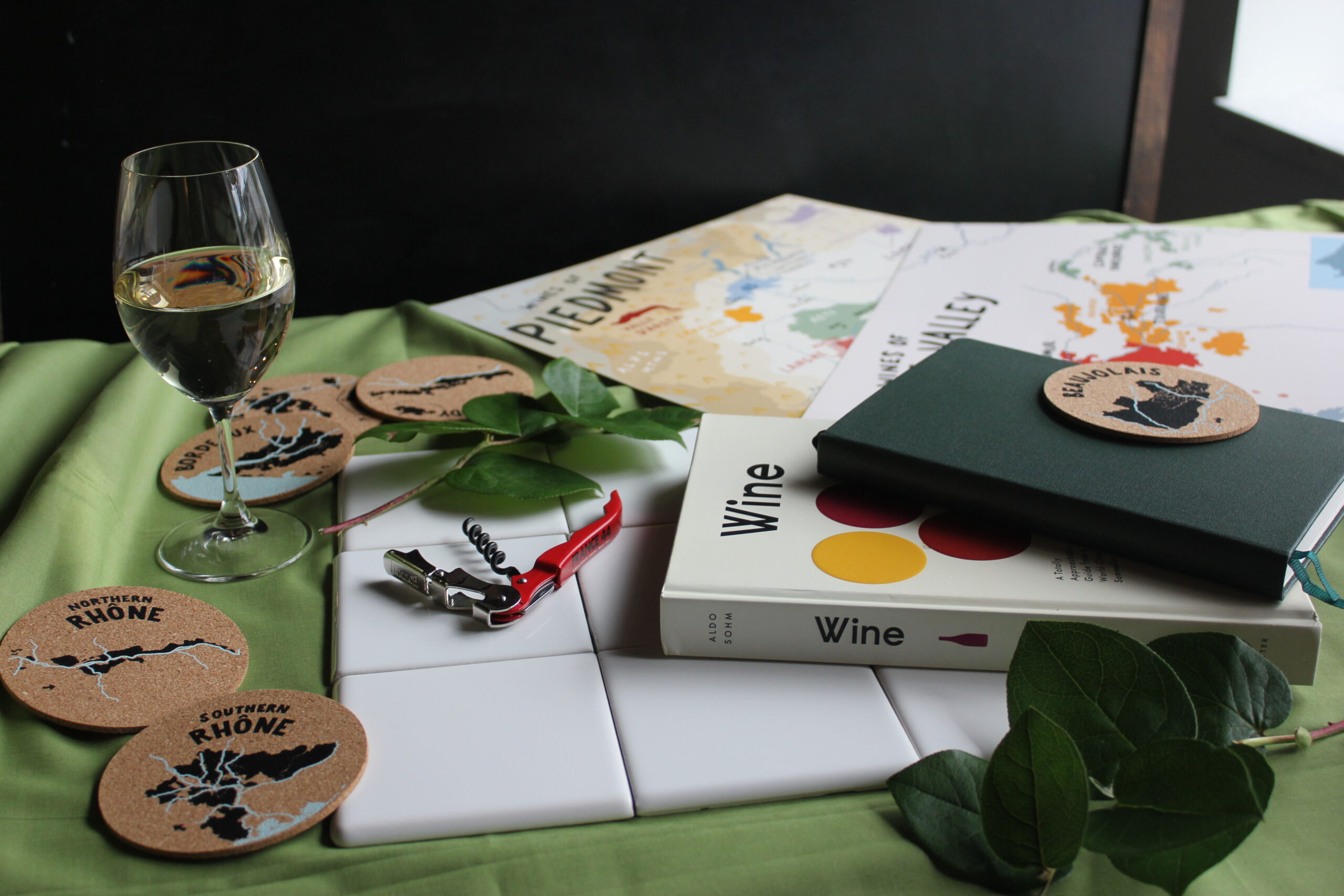



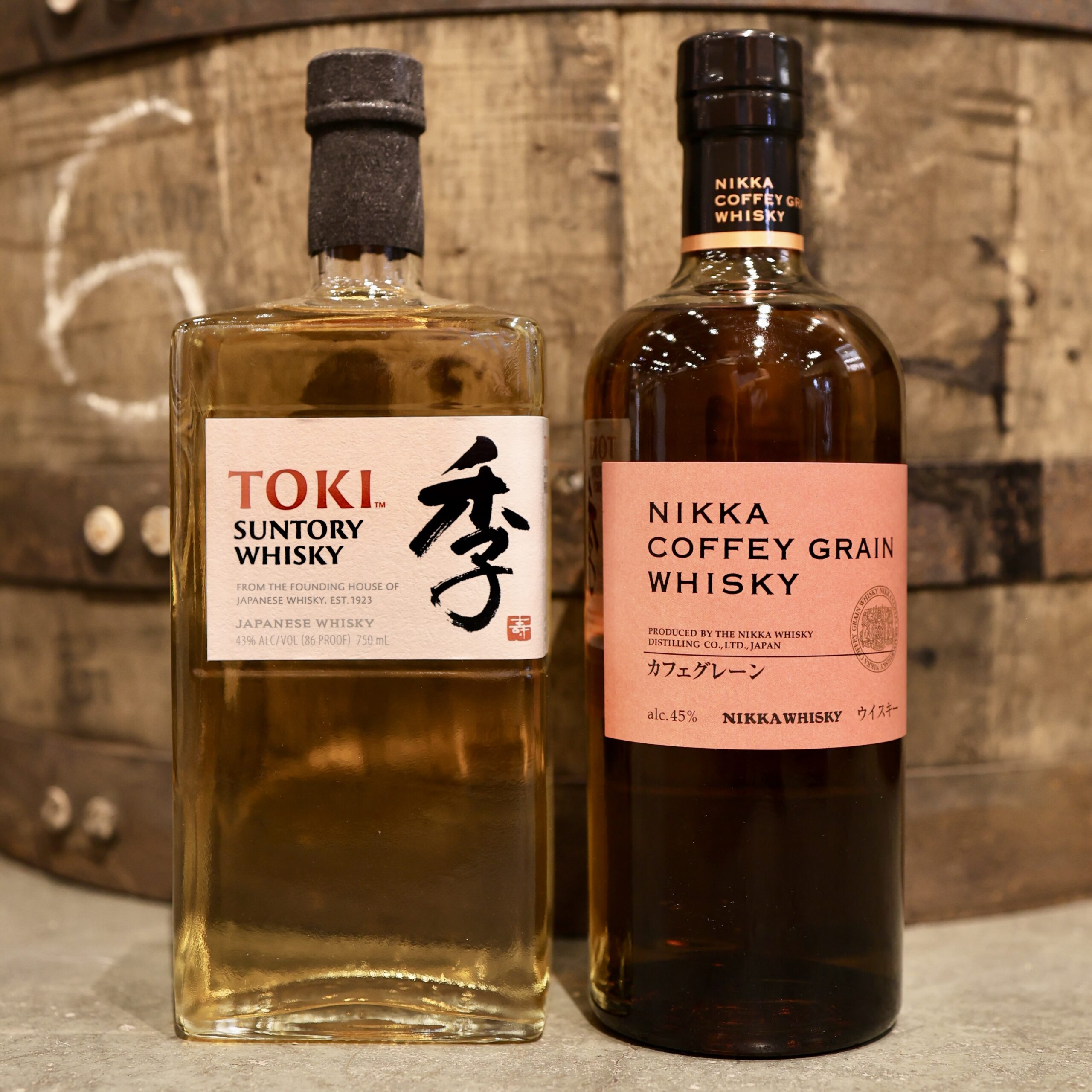

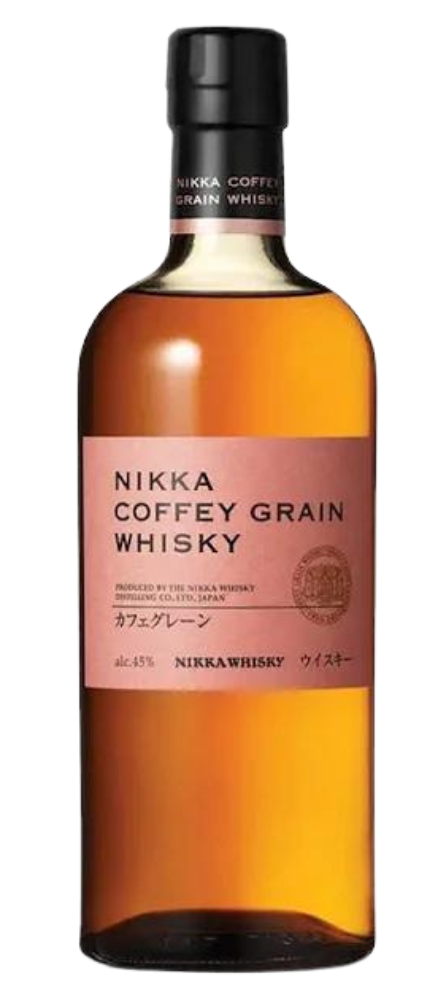
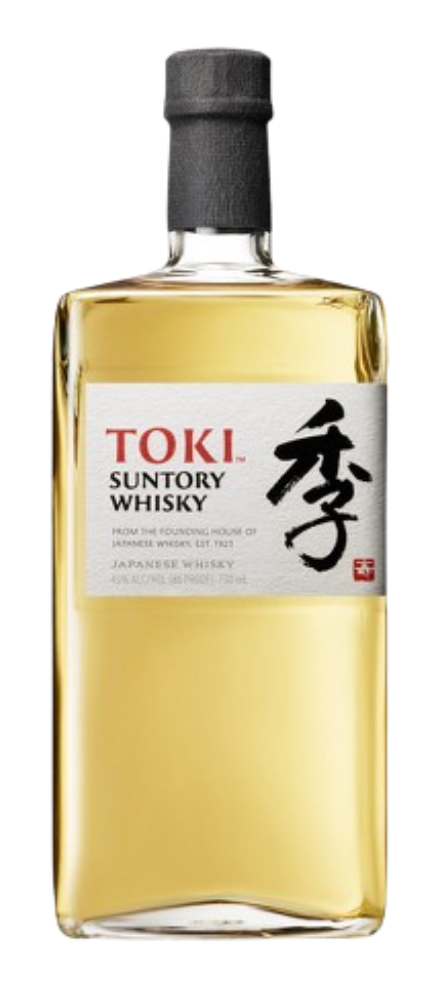
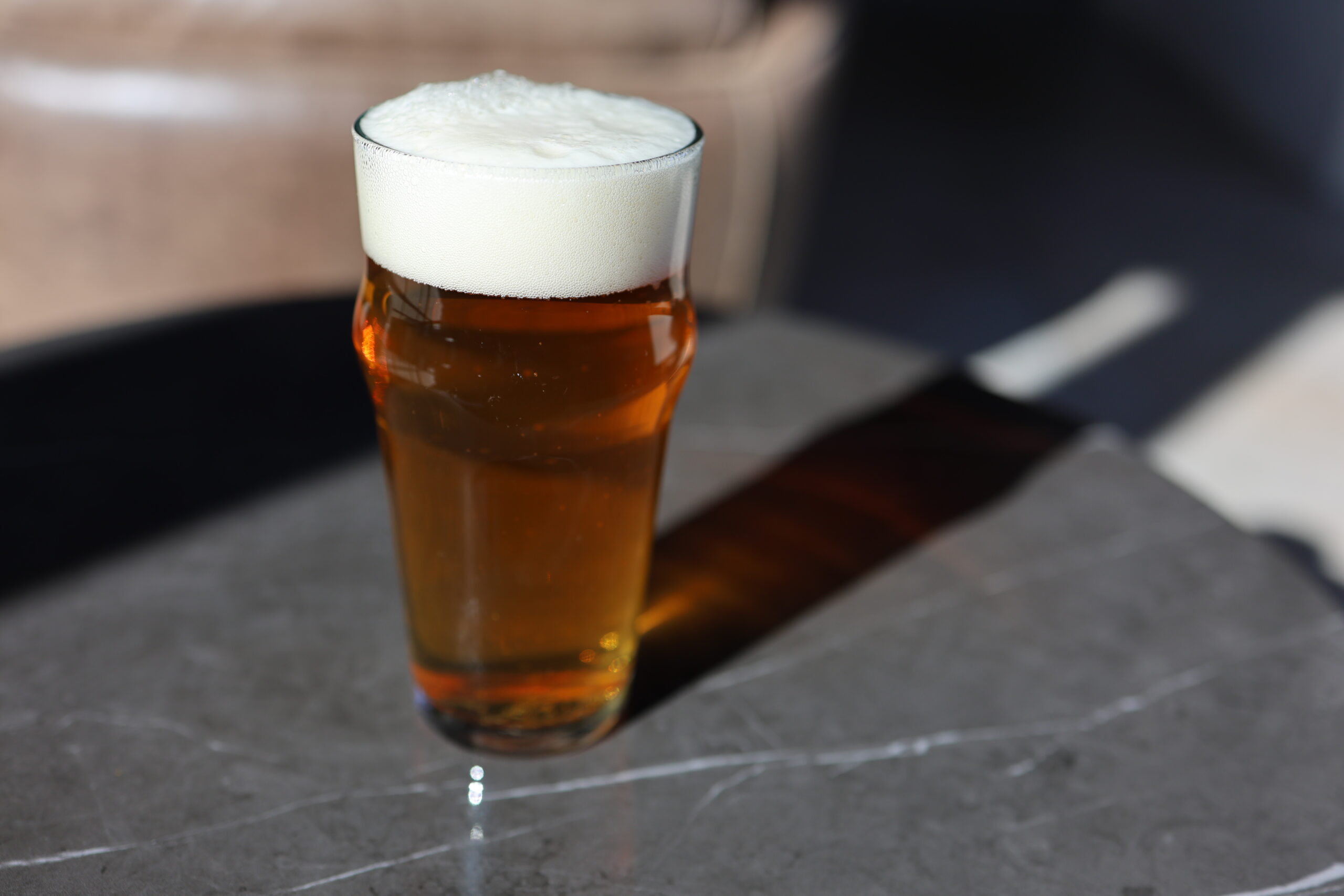
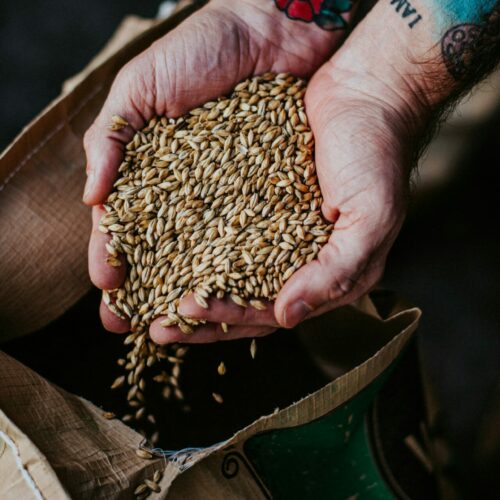 In order to
In order to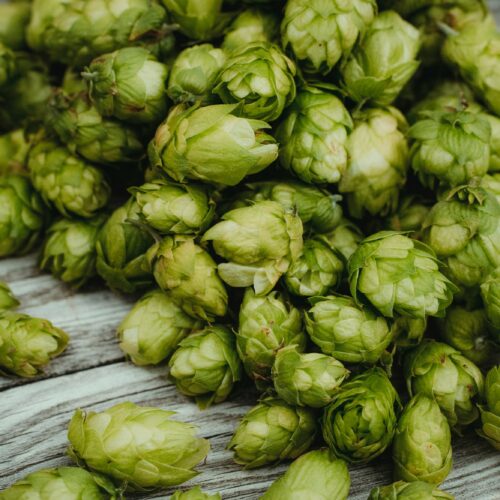
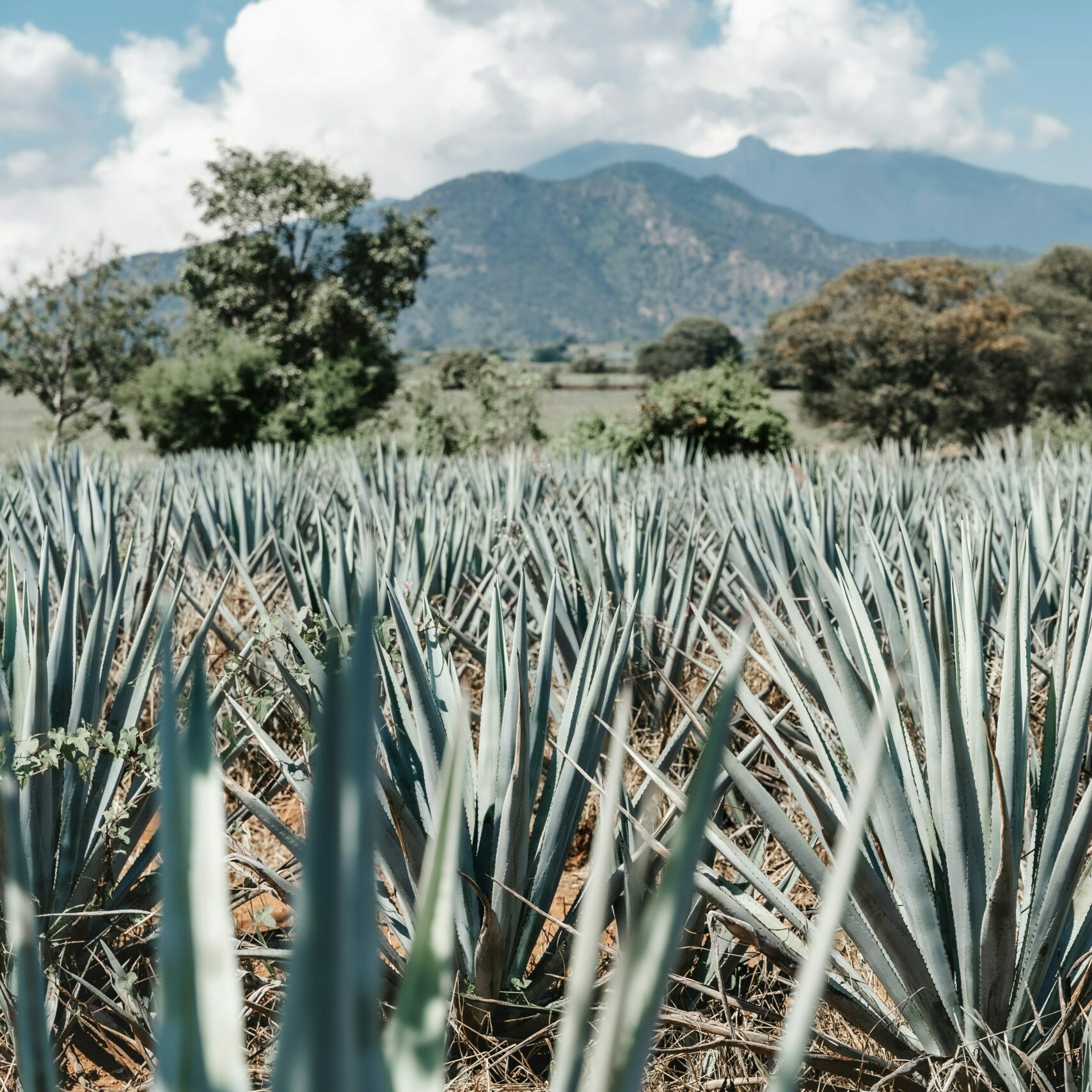
 Additives have been used in tequila since the mid 1800’s when agave plants suffered a blight that was producing faulted tequila.
Additives have been used in tequila since the mid 1800’s when agave plants suffered a blight that was producing faulted tequila. 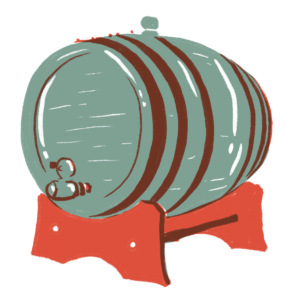 contribute flavors that are generally added to the tequila through the barreling process. If you’re drinking a blanco tequila, which can only be left in oak for a maximum of 60 days, and you get strong vanilla notes, that’s usually a good sign that oak extract is present.
contribute flavors that are generally added to the tequila through the barreling process. If you’re drinking a blanco tequila, which can only be left in oak for a maximum of 60 days, and you get strong vanilla notes, that’s usually a good sign that oak extract is present. 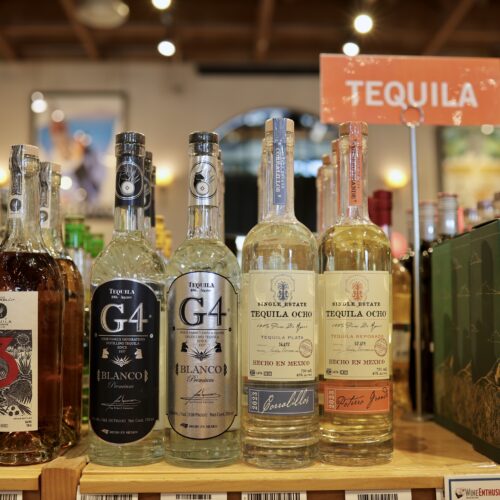
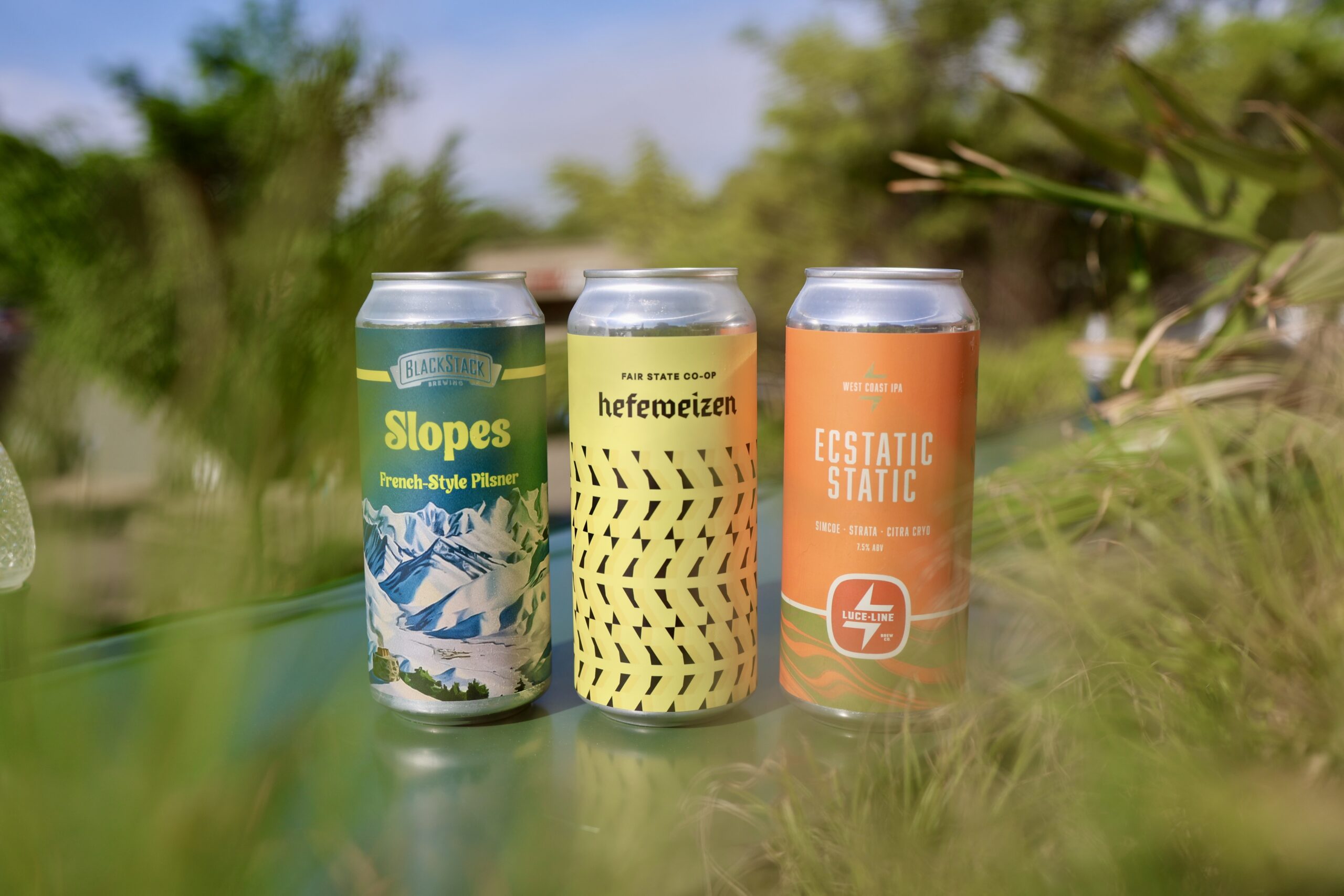

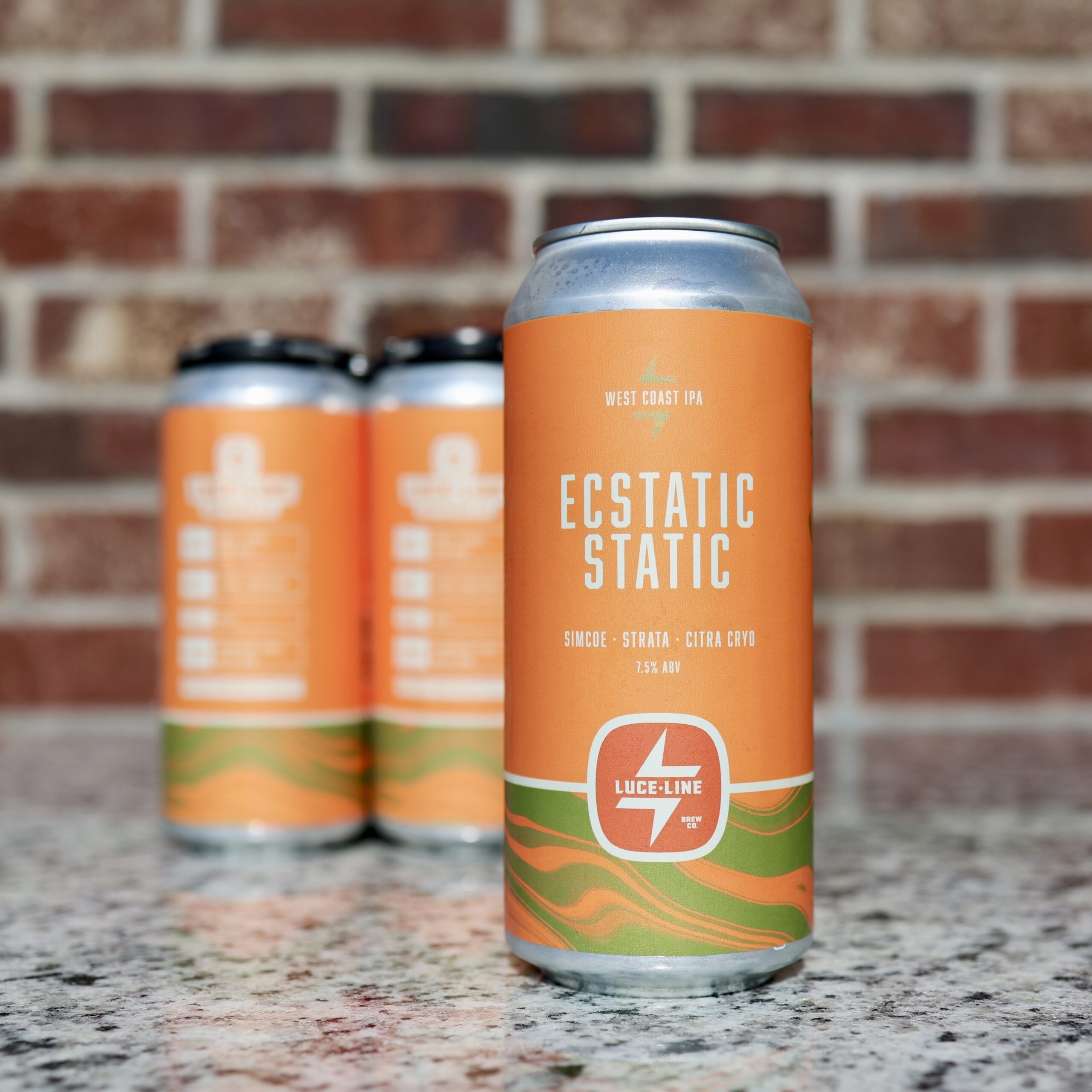 Though they originated across the pond, IPA has become the quintessential American craft beer style. This new-school take on the West Coast IPA is the latest year-round offering from Plymouth’s Luce Line Brewing. An abundance of Citra Cryo, Simcoe and Strata hops deliver bright tangerine, peach and melon notes to complement the tapered malt bill. This is an IPA that delivers on flavor while retaining a great drinkability.
Though they originated across the pond, IPA has become the quintessential American craft beer style. This new-school take on the West Coast IPA is the latest year-round offering from Plymouth’s Luce Line Brewing. An abundance of Citra Cryo, Simcoe and Strata hops deliver bright tangerine, peach and melon notes to complement the tapered malt bill. This is an IPA that delivers on flavor while retaining a great drinkability.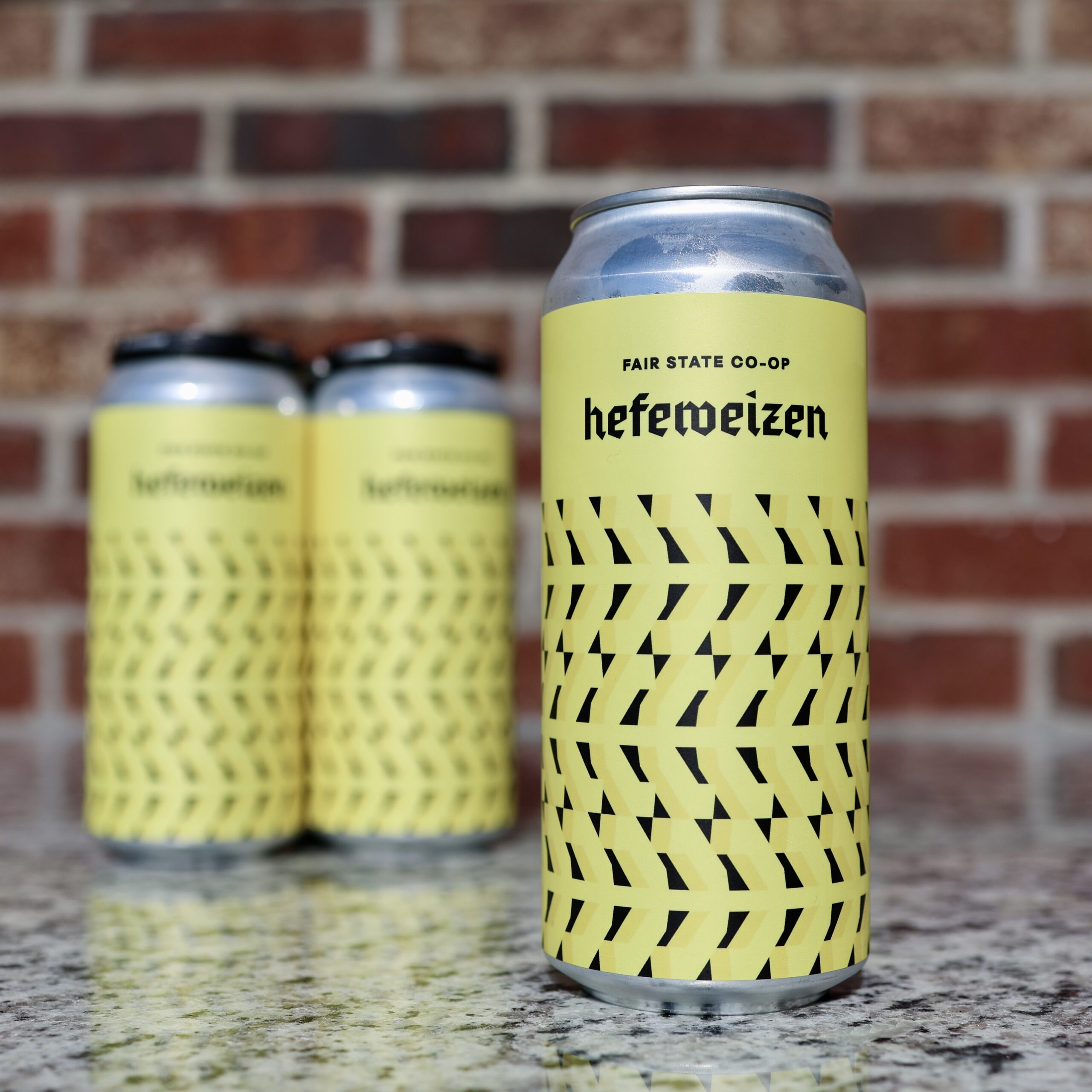
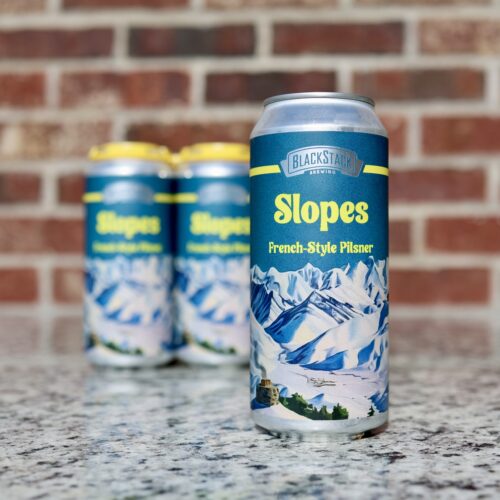 Feel free to disregard the snow-covered mountainscape that adorns this crispy pilsner’s label. Originally a limited winter release, Slopes has recently been upgraded to year-round status. This French-style pils drinks like freshly-fallen champagne powder: light, dry and smooth. French pilsner malt, a kiss of corn and a healthy dose of spicy, herbal Strisselspalt hops makes this a perfect thirst quencher for après-waterski.
Feel free to disregard the snow-covered mountainscape that adorns this crispy pilsner’s label. Originally a limited winter release, Slopes has recently been upgraded to year-round status. This French-style pils drinks like freshly-fallen champagne powder: light, dry and smooth. French pilsner malt, a kiss of corn and a healthy dose of spicy, herbal Strisselspalt hops makes this a perfect thirst quencher for après-waterski.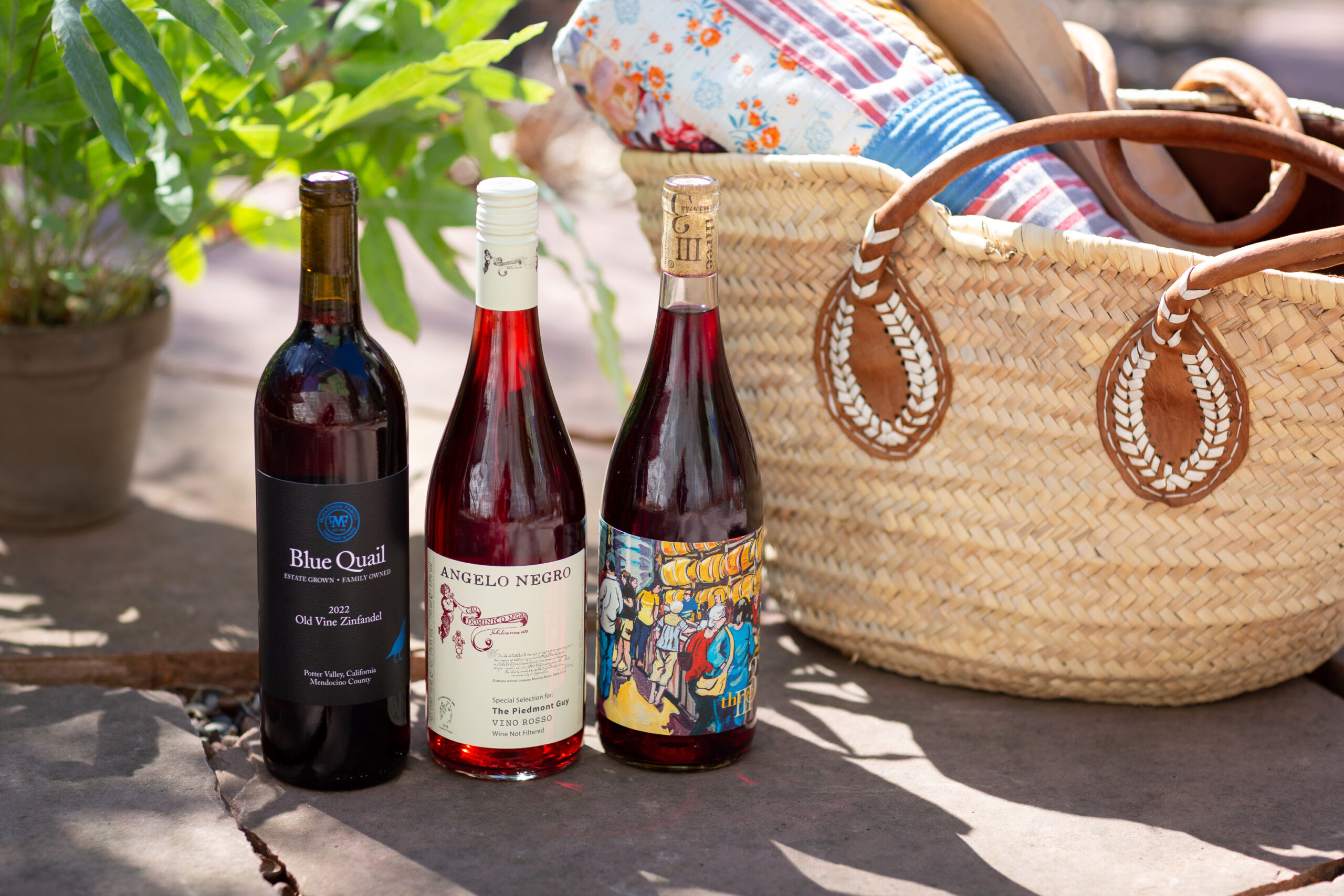
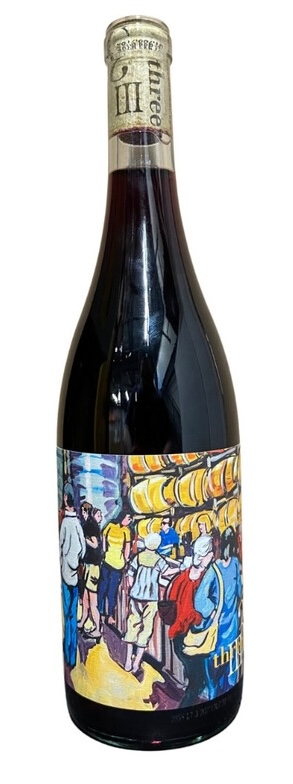 This juicy wine strikes the perfect summertime balance between ripe and tart fruit. On the nose find red cherry, red raspberry, blackberry, cranberry, red currant, plus a touch of baking spice. With light body, high acidity and low tannin, this wine can be paired with just about anything. Buy a case for your next patio party on a hot summer day – everyone will be happy!
This juicy wine strikes the perfect summertime balance between ripe and tart fruit. On the nose find red cherry, red raspberry, blackberry, cranberry, red currant, plus a touch of baking spice. With light body, high acidity and low tannin, this wine can be paired with just about anything. Buy a case for your next patio party on a hot summer day – everyone will be happy!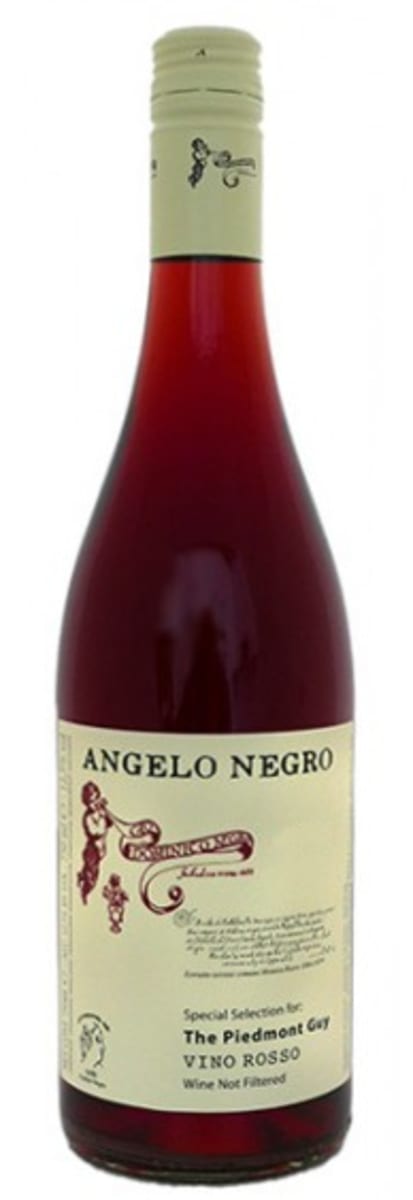 In the carefree spirit of summertime, this expressive red wine made from 100% Brachetto is a sensory adventure. It’s fermented with indigenous yeast in stainless steel and then aged for 5+ months on the lees of Arneis, a white grape variety native to Piedmont. It’s unfiltered and might appear a bit hazy.
In the carefree spirit of summertime, this expressive red wine made from 100% Brachetto is a sensory adventure. It’s fermented with indigenous yeast in stainless steel and then aged for 5+ months on the lees of Arneis, a white grape variety native to Piedmont. It’s unfiltered and might appear a bit hazy. Most of us are familiar with full-bodied, rich and jammy California Zinfandel. But what happens to the wine when those Zinfandel grapes are grown in a cooler climate? The wine becomes almost “Beaujolais-esque,” like this one from Blue Quail exhibiting a lighter body, elevated acidity and medium alcohol at 13%.
Most of us are familiar with full-bodied, rich and jammy California Zinfandel. But what happens to the wine when those Zinfandel grapes are grown in a cooler climate? The wine becomes almost “Beaujolais-esque,” like this one from Blue Quail exhibiting a lighter body, elevated acidity and medium alcohol at 13%.